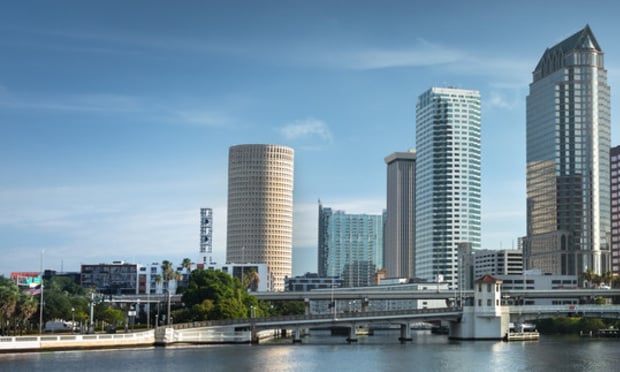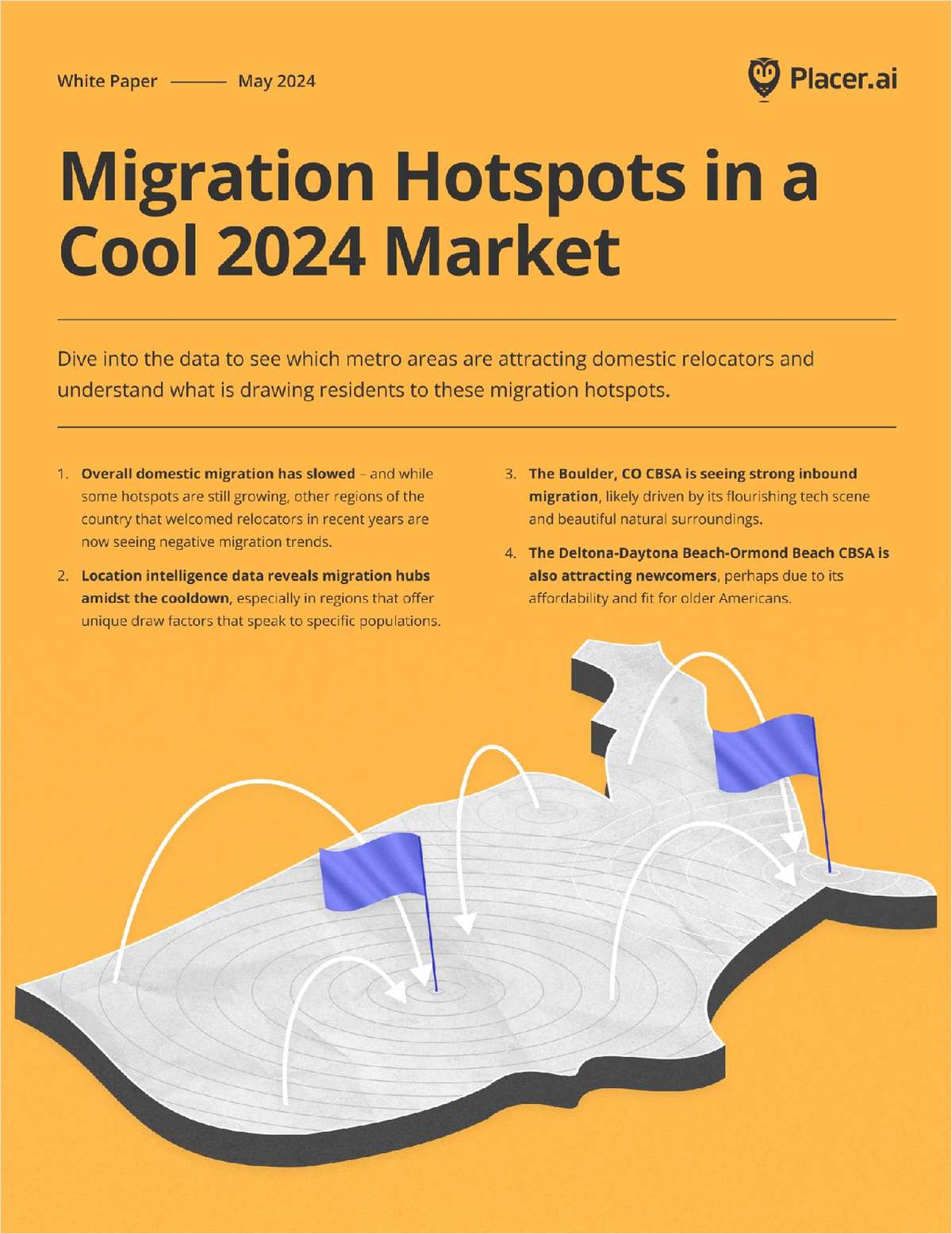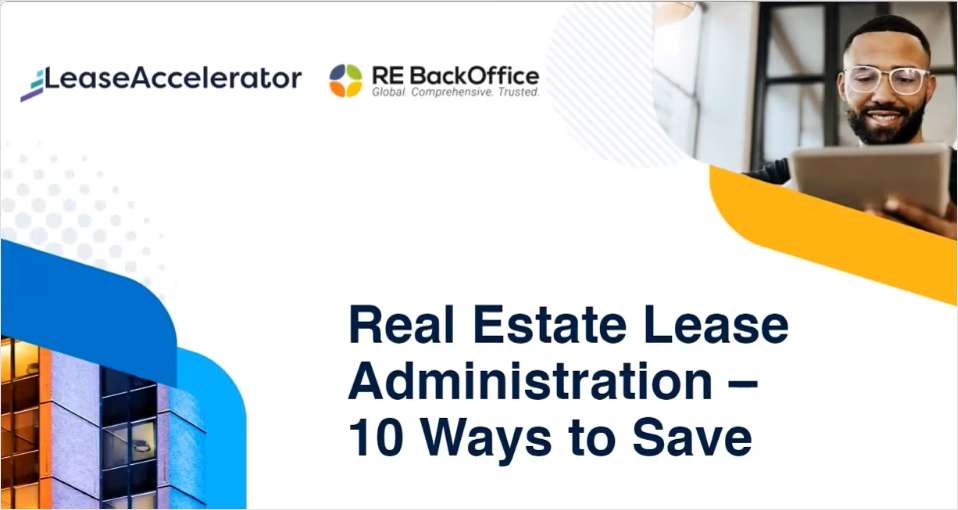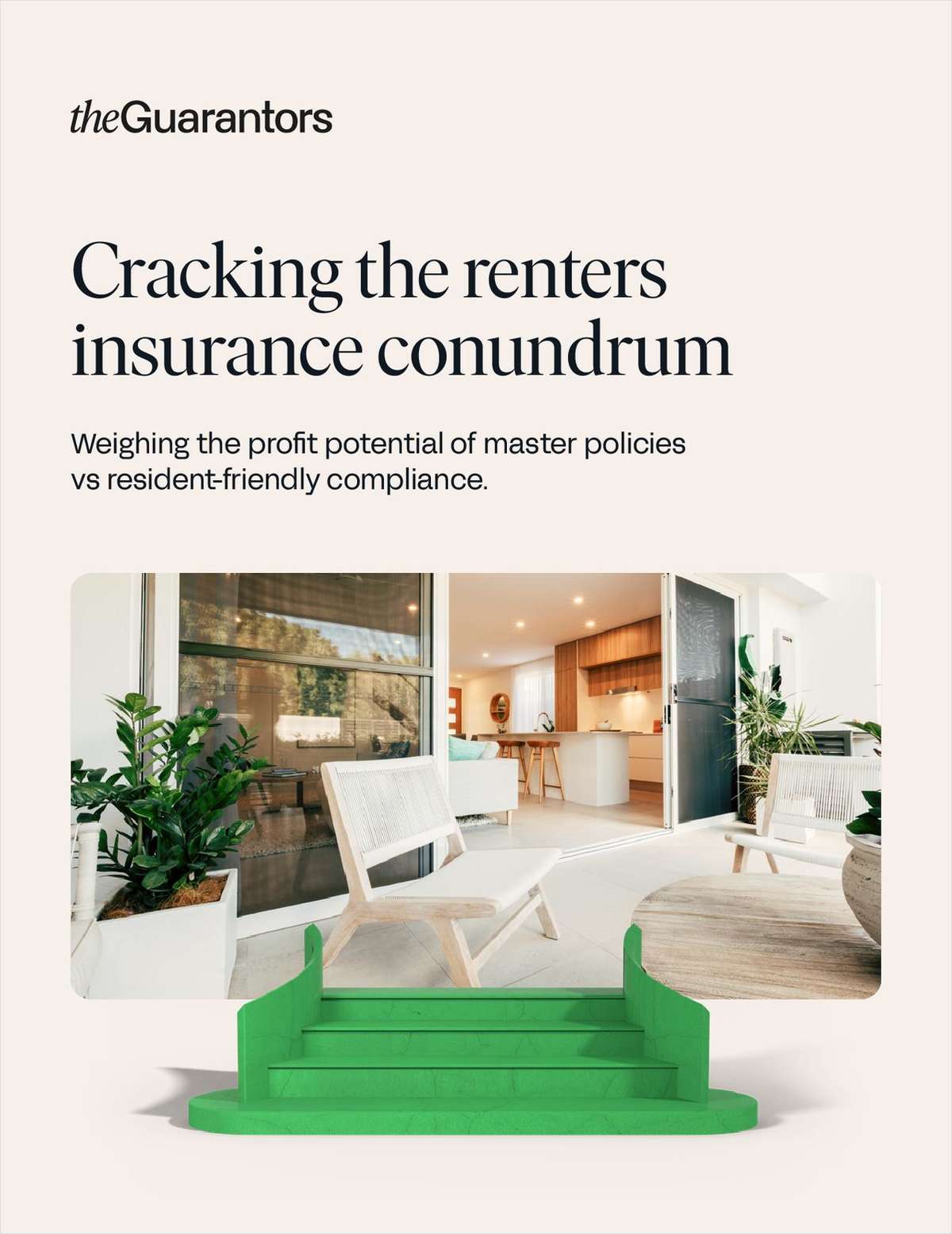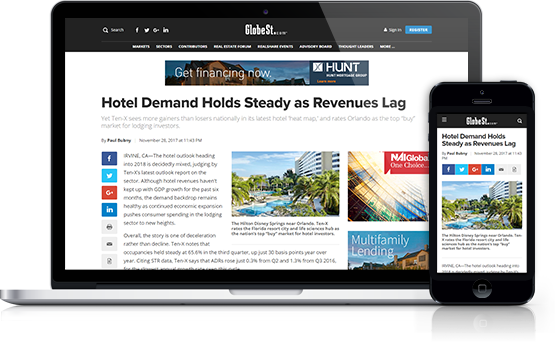Part of that process is having solid numbers to back issues andto develop a framework for assessing land-use and transportationpolicies. Enter SMARTRAQ--Strategies for Metro Atlanta's RegionalTransportation and Air Quality. SMARTRAQ is a partnership ofdiverse organizations, including the Georgia Dept. ofTransportation, the Georgia Regional Transportation Authority, theEnvironmental Protection Agency, Centers for Disease Control andPrevention, and the Turner Foundation.
In a $4.1 million program, the group is developing aninformation system to support regional, corridor and local land-useand transportation decision-making. In doing so, it is developing amodel that can be applied to other areas of the country.
SMARTRAQ is developing a method for measuring and tracking indetail the changes in how Atlantans, in the 13-countynon-attainable air quality area, live, work, shop, travel andcommunicate. SMARTRAQ hopes to integrate its research witheducational and political action to further smart growth. SaysLawrence D. Frank, professor of city planning, Georgia Institute ofTechnology, "The detailed surveys and information base will alsoserve as a filter to tell us what (smart growth concepts) aremarketable."
Continue Reading for Free
Register and gain access to:
- Breaking commercial real estate news and analysis, on-site and via our newsletters and custom alerts
- Educational webcasts, white papers, and ebooks from industry thought leaders
- Critical coverage of the property casualty insurance and financial advisory markets on our other ALM sites, PropertyCasualty360 and ThinkAdvisor
*May exclude premium content
Already have an account?
Sign In Now
© 2024 ALM Global, LLC, All Rights Reserved. Request academic re-use from www.copyright.com. All other uses, submit a request to [email protected]. For more information visit Asset & Logo Licensing.



